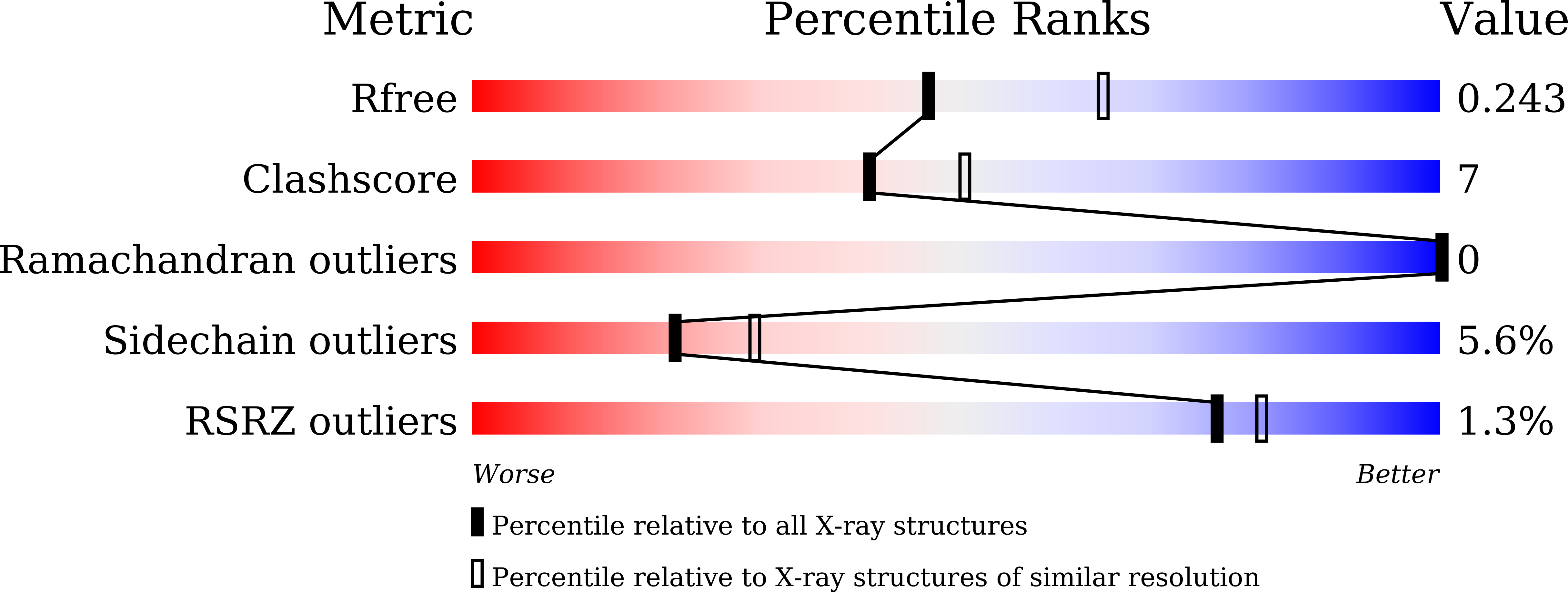Crystal structure of the multiple antibiotic resistance regulator MarR from Clostridium difficile.
Peng, J.W., Yuan, H., Tan, X.S.(2017) Acta Crystallogr F Struct Biol Commun 73: 363-368
- PubMed: 28580925
- DOI: https://doi.org/10.1107/S2053230X1700766X
- Primary Citation of Related Structures:
5ERI - PubMed Abstract:
Regulators of multiple antibiotic resistance (MarRs) are key players against toxins in prokaryotes. MarR homologues have been identified in many bacterial and archaeal species which pose daunting antibiotic resistance issues that threaten public health. The continuous prevalence of Clostridium difficile infection (CDI) throughout the world is associated with the abuse of antibiotics, and antibiotic treatments of CDI have limited effect. In the genome of C. difficile strain 630, the marR gene (ID 4913953) encodes a MarR protein. Here, MarR from C. difficile (MarR C.difficile ) was subcloned and crystallized for the first time. MarR C.difficile was successfully expressed in Escherichia coli in a soluble form and was purified to near-homogeneity (>95%) by a two-step purification protocol. The structure of MarR C.difficile has been solved at 2.3 Å resolution. The crystal belonged to the monoclinic space group P4 3 2 1 2, with unit-cell parameters a = b = 66.569, c = 83.654 Å. The structure reported reveals MarR C.difficile to be a dimer, with each subunit consisting of six α-helices and three antiparallel β-hairpins. MarR C.difficile shows high structural similarity to the MarR proteins from E. coli and Staphylococcus aureus, indicating that MarR C.difficile might be a DNA-binding protein.
Organizational Affiliation:
Department of Chemistry, Fudan University, 220 Handan Road, Shanghai 200433, People's Republic of China.














